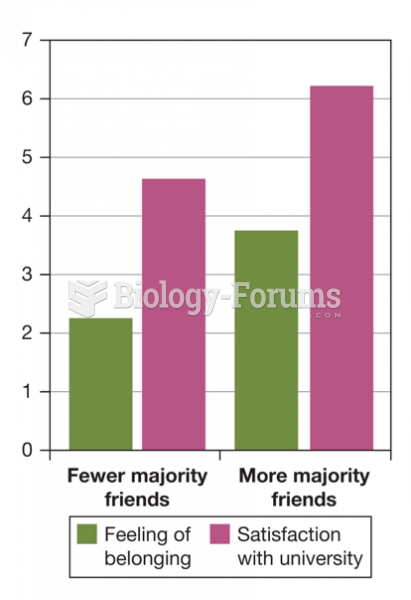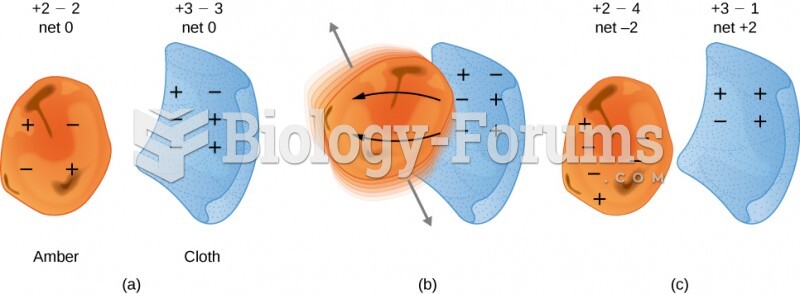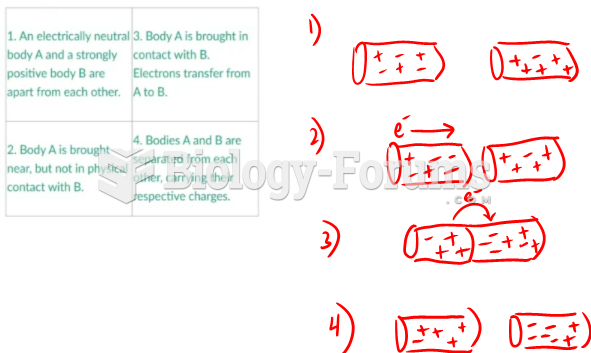You have a class of students whose backgrounds are diverse. You want them to understand that pressure is the amount of force that is exerted on a certain area. You have assessed their understanding of the concept pressure by asking them questions, and you have found that understanding varies widely among the individual students. Some equate pressure with force, others can state the definition, but they seem to merely have it memorized, and others have only vague understandings of the concept. Using the human memory model and your understanding of the implications of background diversity for learning, which of the following is the most effective?
a. Write the equation Pressure = force/area on the board, define force and area for the students, and explain that force over area means that you divide the force by the area.
b. Stand up in front of the class on both feet and then on one foot. Have the students compare the force you exert on the floor and the amount of area you're standing on in both cases. Lead them to conclude that you exert twice as much pressure on one foot as you do on two feet.
c. Explain that pressure is the amount of force on a certain area and then explain that if you exert a lot of force on an area, such as one square inch, the pressure will be greater than if you exert a small force on the same areathe one square inch.
d. Have the students who can give the definition of pressure explain to the rest of the class what pressure means to them.
Question 2
Select one of the four following topics, and using information processing and the model of human memory as a guide, describe specifically how you would teach your students this topic. (Hint: Remember the guidelines for applying the human memory model in your teaching.)
1 . Your students understand subtraction without regrouping, and now you want to teach them subtraction with regrouping.
2 . You have taught your students about force, and now you want to teach them about work.
3 . You have taught your students about the skeletal system, and now you want to teach them about the circulatory system.
4 . You have taught your students about the Jamestown Colony, and now you want to teach them about the Plymouth Colony.







